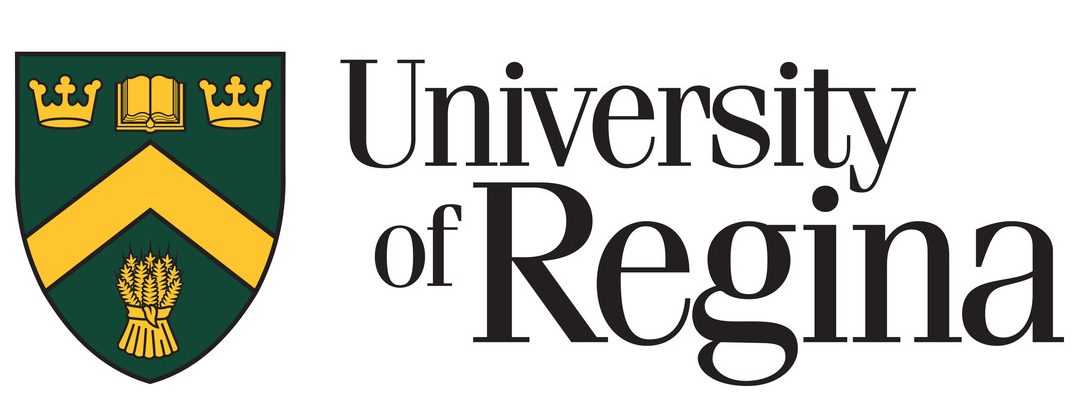As an instructor, here are specific ways in which you can avoid plagiarism from occurring in your courses.
How can I prevent plagiarism?
Because writing tasks often feel daunting to students, there is a temptation to plagiarize written work. Written resources have become more easily available on the internet, and students may not have a clear understanding of what constitutes plagiarism in each of their courses (either because of a lack of knowledge or a lack of experience).
Clearly define plagiarism.
At the beginning of the semester – in the syllabus and verbally – give students a clear definition of what constitutes plagiarism and what is considered appropriate collaboration. Note that these definitions may differ from one faculty member to another and from one course to another, so it is especially important to make expectations clear to students in each course.
Committing plagiarism.
Good ideas become better when tested against those of other people. In this type of course, feel free to discuss your ideas on assignments with other students. However, using someone else’s words, ideas, or concepts without citing your source is plagiarism. So is presenting part or all of another student’s work as your own. In the world of writing – especially academic writing – this is a serious crime and is treated as such. Anyone who commits plagiarism may receive a failing grade for the entire course and be referred to the appropriate dean’s office for further disciplinary action. [From H. Franklin’s Interpretation and Argument Syllabus, 2008]
Provide examples of proper citation.
Give students examples of how and when they should credit the work of others in their writing. This way, they will have concrete examples to which they can refer when questions arise.
Create original assignments.
The more unusual an assignment (e.g., taking a different perspective on a problem, question, or reading), the less likely students will be able to find something (from the internet or their peers) to submit as their own work. In addition, an assignment that has multiple parts may reduce the likelihood of plagiarism.
Require rough drafts.
Adding milestones to a written assignment where students must submit preliminary drafts of their work discourages them from plagiarizing. It also helps spread a larger writing task over a longer period of time, so students are not as likely to be tempted to take the easy way of completing the assignment.
Suggest that students submit electronic copies of their drafts to Turnitin.com.
Instructors can use this online resource as an instructional and educational tool as well as a detection aid. Turnitin can provide valuable information to students on drafts if they are allowed to view their “originality reports” where they see how much of the paper is actually written in their own words. Many students, especially first year undergraduates, have very narrow definitions of plagiarism, believing that re-ordering, paraphrasing or inserting a portion of another text into their own is not plagiarism. Turnitin can help to educate students about what is appropriate and what is not.
Require that students submit electronic copies of their papers and (where feasible) copies of the material they used as sources.
With electronic copies of students’ written work, it is easier for instructors to detect plagiarism using one of several software packages. In addition, by requiring students to submit their background research material, they will also be less inclined to skip steps and resort to plagiarism.
Inform students about support services.
Student Success Centre helps students be more effective in their academic work, but not all students know about this resource. Giving a quick endorsement of this kind of help can really encourage students to take advantage of the support that is available. Also, for non-native speakers of English, UR International offers writing and tutoring help.
![]() Adapted from How to Prevent Plagiarism, Carnegie Mellon University’s Eberly Center. Licensed under a Creative Commons Attribution-NonCommercial-ShareAlike 4.0 International License.
Adapted from How to Prevent Plagiarism, Carnegie Mellon University’s Eberly Center. Licensed under a Creative Commons Attribution-NonCommercial-ShareAlike 4.0 International License.
Additional Resources on Preventing Plagiarism
Here are some additional resources on preventing plagiarism from an instructor perspective.
- Faculty Recommendations for Preventing Plagiarism, Northern New Mexico College.
- Preventing and addressing Plagiarism in an Intercultural class, Algonquin College, Learning and Teaching Services (LTS).
- How to Avoid Plagiarism, eLearners.
- Preventing Plagiarism, University of Manitoba, The Centre for the Advancement of Teaching and Learning.
- The Plagiarism Spectrum, Turnitin.com.
- 25 Strategies to Prevent Plagiarism, University of Calgary, Taylor Institute for Teaching and Learning.
- Designing activities and assignments to discourage Plagiarism, University of Wisconsin-Madison, Writing Across the Curriculum.
- Preventing Plagiarism, University of Minnesota, Teaching with Writing.
- Dukewich, K. R. (2020, March 19). How to help students avoid violating academic integrity [Video]. https://kputlcommons.freshdesk.com/support/solutions/articles/43000564861–video-academic-integrity-strategies
- UB Curriculum, Assessment, Teaching Transformation. (2016, September 22). Teaching international students: Academic integrity [Video]. YouTube. https://www.youtube.com/watch?v=s8Sy2rOyloU
